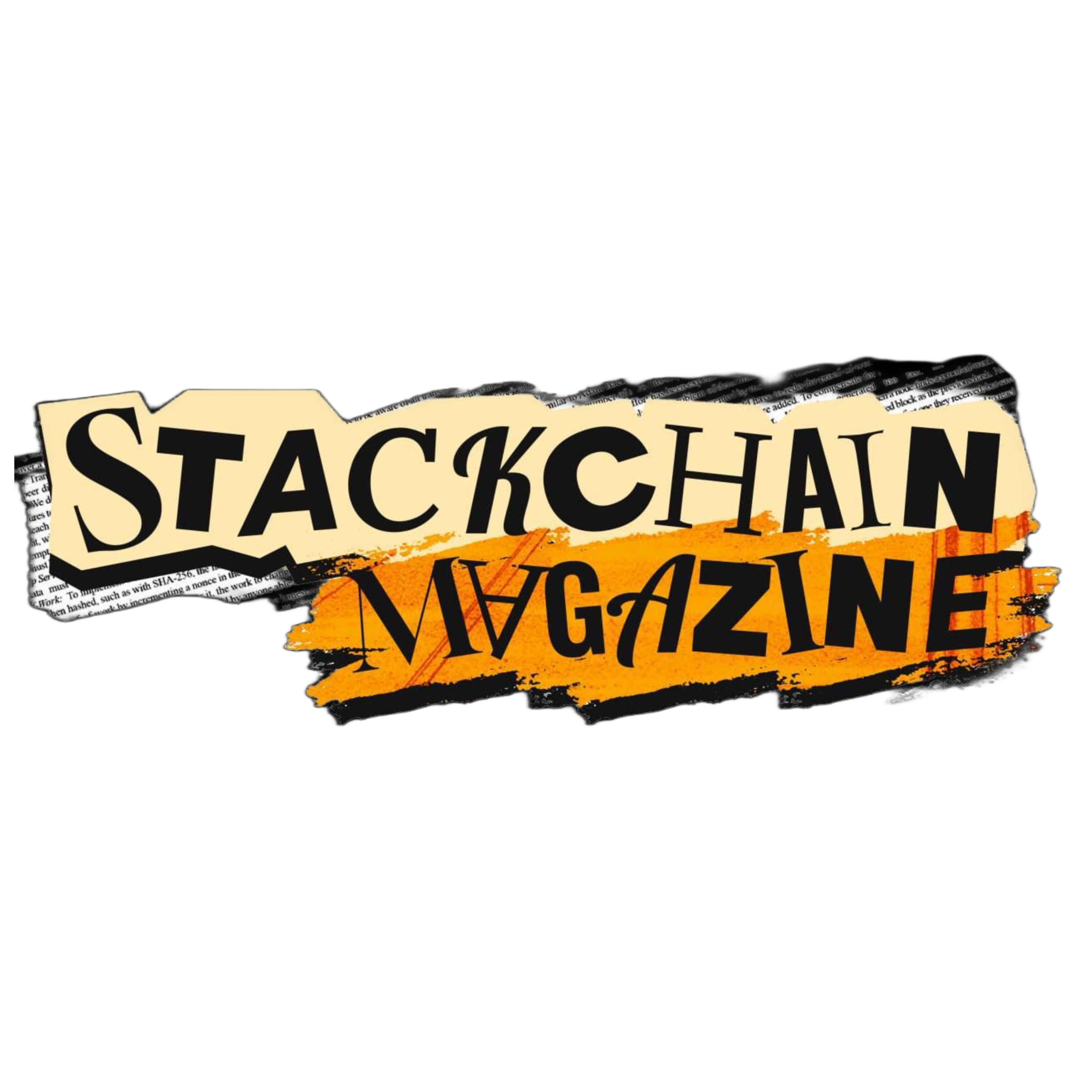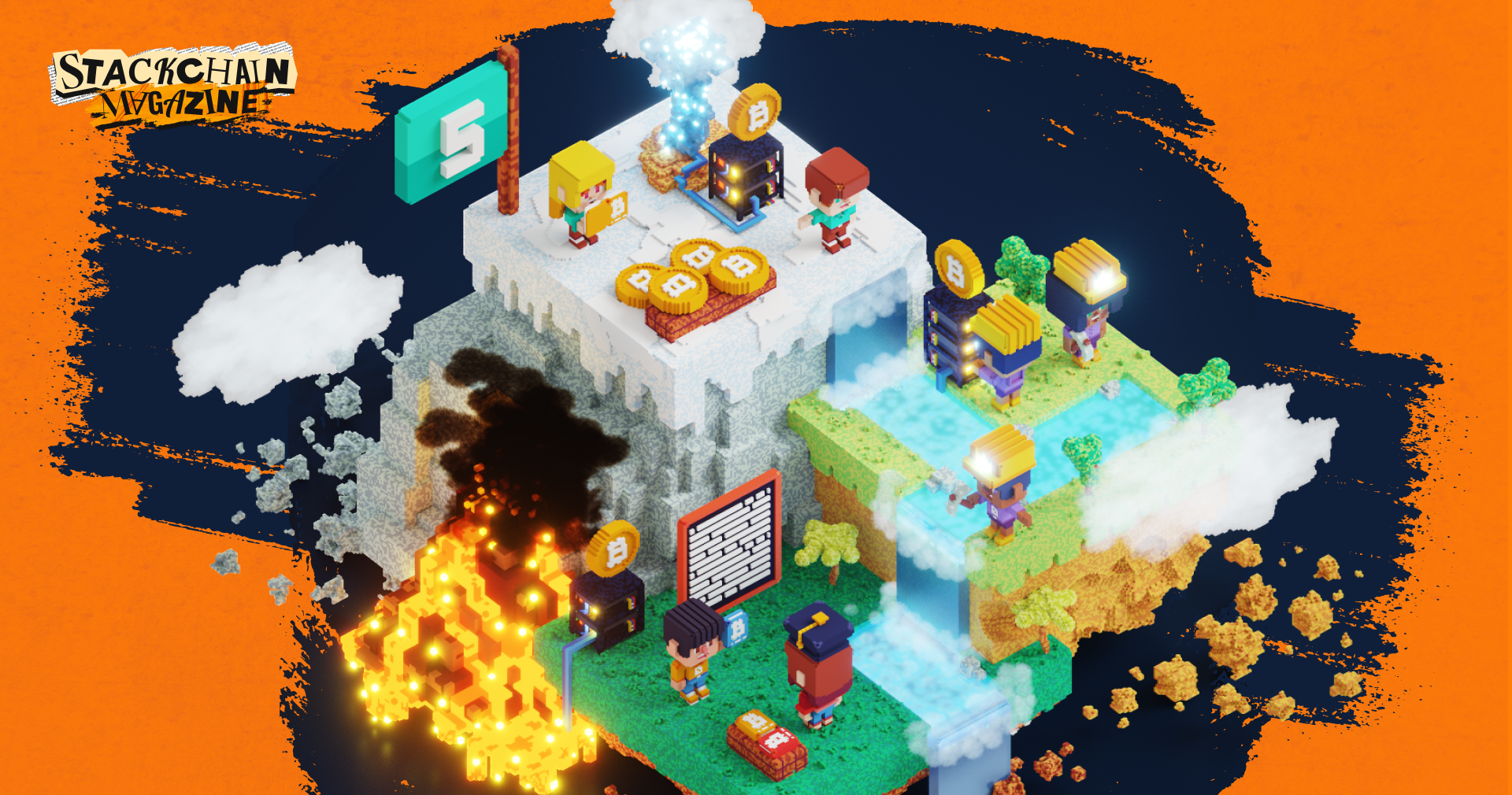
Where ideas end up (and why that matters)
Geyser’s CEO shares the insights that brought the Bitcoin-native crowdfunding platform to life
Mick Morucci , CEO and Co-founder of Geyser
It was the first lockdown and, as you’ll probably relate, I was at home scrolling through Twitter. Checking out Bitcoin memes and news was customary but lately, something else was standing out from the screen. I was noticing how many Bitcoiners were talking about wanting to do all sorts of things, from creating a meetup space and launching a business to writing a song or developing a new school curriculum. There was a pattern: People were looking for ways to contribute their skills and talent to the Bitcoin ecosystem, and it usually started with them sharing a Tweet about their idea. Very often, replies would flood in with “This is awesome, I’ll help out with some sats.” People were getting organized on social media to make things happen–and Bitcoin was the catalyst.
But something was off. Twitter wasn’t an ideal solution for making things happen. Sure, it was a natural starting point because the social layer is great, but it lacks key features needed for people to materialize those projects. For example, there’s no quick payment integration or a way to quickly find the place where people are talking about the idea. My first thought was: How can we make these ideas happen more easily and faster? Perhaps the first step was closing the gap between the social and payment layers. So that’s what I set out to do with my co-founder Stelios in July 2020, marking the birth of Geyser.
Why it’s time to change the game
The word didn’t come to mind until much later, but intuitively I knew that crowdfunding was the economic tool at the center of this movement. But crowdfunding platforms today have significant limitations, which explains why so many of the ideas and projects living on Twitter didn’t migrate to traditional crowdfunding platforms instead. To mention a few:
They are permissioned, meaning they are very opinionated about what ideas should be eligible to raise funds and which ones shouldn’t.
They’re limited by their financial tools. For example, on platforms such as Kickstarter and GoFundMe, you can only launch a project if you have a bank account in certain Western countries, excluding 85% of the world from participating.
They’re siloed from social media, so although you could let your community know about your crowdfunding campaign by simply posting a Tweet, that’s miles away from getting them to engage with your idea–let alone fund it on its native platform.
They create friction for funders. To support a crowdfunding campaign people typically go through quite a long process, including leaving Twitter (or whatever social layer where they first heard about it) to visit the crowdfunding platform, creating an account or signing in as a guest, typing their personal details including credit card information, and so forth–usually paying steep fees in the process.
A new way to do things
The good news is that Bitcoin already solves all the money problems. It enables lightning-fast payments at very low fees, which in turn facilitates microtransactions–one of the key features of crowdfunding. Because it is peer-to-peer and doesn’t require funders to provide their personal information to make payments, it also eliminates the issues of privacy, latency, and high fees caused by intermediaries. And bitcoin is completely global, meaning not only it is available to anyone anywhere, but also it eliminates the headache of conversion rates. In simple terms, Bitcoin makes it possible for more people, from more places, to donate as much or as little as they want to projects. It brings the “crowd” back to “funding”!
As for the social layer integration problem, that’s mostly where our work comes in:
Giving ideas a home
Twitter wasn’t an ideal platform for crowdfunding campaigns because every idea exists in a Tweet, and Tweets are ephemeral. They leave your view quickly (and can be frustratingly difficult to find later). To work around this, people started creating profiles for their ideas to keep their backers up-to-date on their progress. But even so, Tweets can be disorganized, making it difficult for people to track a project’s milestones and objectives. Newcomers won’t have, at a quick glance, a clear understanding of how this project came to be, who are the people behind it, what their motivation is, and how to help.
We built Geyser to offer people a home for their ideas so they can clarify their aims and milestones for potential backers and get funded, all in a single place, with a clear structure. It takes two minutes to create a project on Geyser. Project creators can use this space to sell reward items and, as the idea develops, keep their funders up-to-date through text, images, and videos. But the cool thing is their project is not confined to the Geyser platform. This brings me to the next point.
Making funding easy
Bitcoin is superior money, but what I noticed on Twitter was that people didn’t have an intuitive way to let it flow to the projects they wanted to support. They needed direction. With Layer 2 integrations, Geyser projects provide a clear destination for funds without requiring funders to visit the Geyser platform to support an idea. They can fund them directly wherever they hear about it, be it on Twitter or a Nostr note (with Zaps), using the power of lightning addresses.
Although payments are directed toward the project’s @geyser.fund lightning address, all funds go straight to the wallet of the project creator. We deliberately decided to not custody so we won’t ever be able to freeze funds or exercise censorship.
Where great ideas find great communities
As of the time of writing, it’s been less than a year since Geyser went live in October 2022. We currently have 841 active projects on Geyser, 40% of which are from parts of the world that were previously underserved by this financial tool called crowdfunding.
Much like freedom of speech, we believe everyone should be allowed to share their idea, and the market ultimately decides which ones are worth funding. As a result, a quick browse on Geyser.fund will reveal an explosion of creativity and entrepreneurship in the Bitcoin ecosystem. Projects range from educational initiatives and art to gaming and community building. To name but a few:
Mi Primer Bitcoin is providing Bitcoin-led education in El Salvador and has launched a 10-week Bitcoin Diploma program, the first in the world to be used in a public school system, which is now being adopted across multiple continents.
Nostr Party at Baltic Honey Badger 2023, as the name suggests, is fundraising for a party in Riga during the local Bitcoin conference. Remarkably, more than 90% of funders and 40% of funding came directly from Nostr –a testament to the power of building on open money and social protocols.
Bitcoin Trading Cards crafts an educational collectible game best described as “orange pill in a pack.” Now fundraising for its third edition after a successful two rounds of cards sold and shipped worldwide, the project has received nearly 240 Million sats between November 2022 and August 2023.
Bitcoin Lightning Keychain ATM developed an ingenious portable device that enables the conversion of physical coins into sats. It supports coins from multiple currencies and features a high-resolution LCD screen display for redeeming QR codes. Users need only deposit Lightning sats onto the ATM wallet so that, whenever someone slides a coin into the device, they can redeem that value in sats.
Using sats to make a dent in the world
Despite their wide variety, so many Geyser projects have two things in common: 1) They reflect individuals who want to contribute their own time and energy to the Bitcoin ecosystem, and 2) They are gathering enough community support to take off and bring about some kind of change in the world.
We might need a new word to encapsulate the potential of this collective effort because whatever it is that we’re getting ourselves into, it is more than just crowdfunding. I think we tapped into something deeper: an online movement, a new way for people to make a dent in the world using digital-native money.
As for Geyser, we’re working to continue making it easier for great ideas to find great communities, and vice versa, no matter where in the world or online they may be. We hope the sats will continue flowing to anyone with a powerful idea who wants to act on its potential.
___________
Notes from Stackchain Magazine: No sats (or inferior monies of any kind) were exchanged for this article. It was not a paid advertisement nor was anyone at Geyser paid to contribute. You can check out the amazing things that Geyser is doing at https://geyser.fund/



